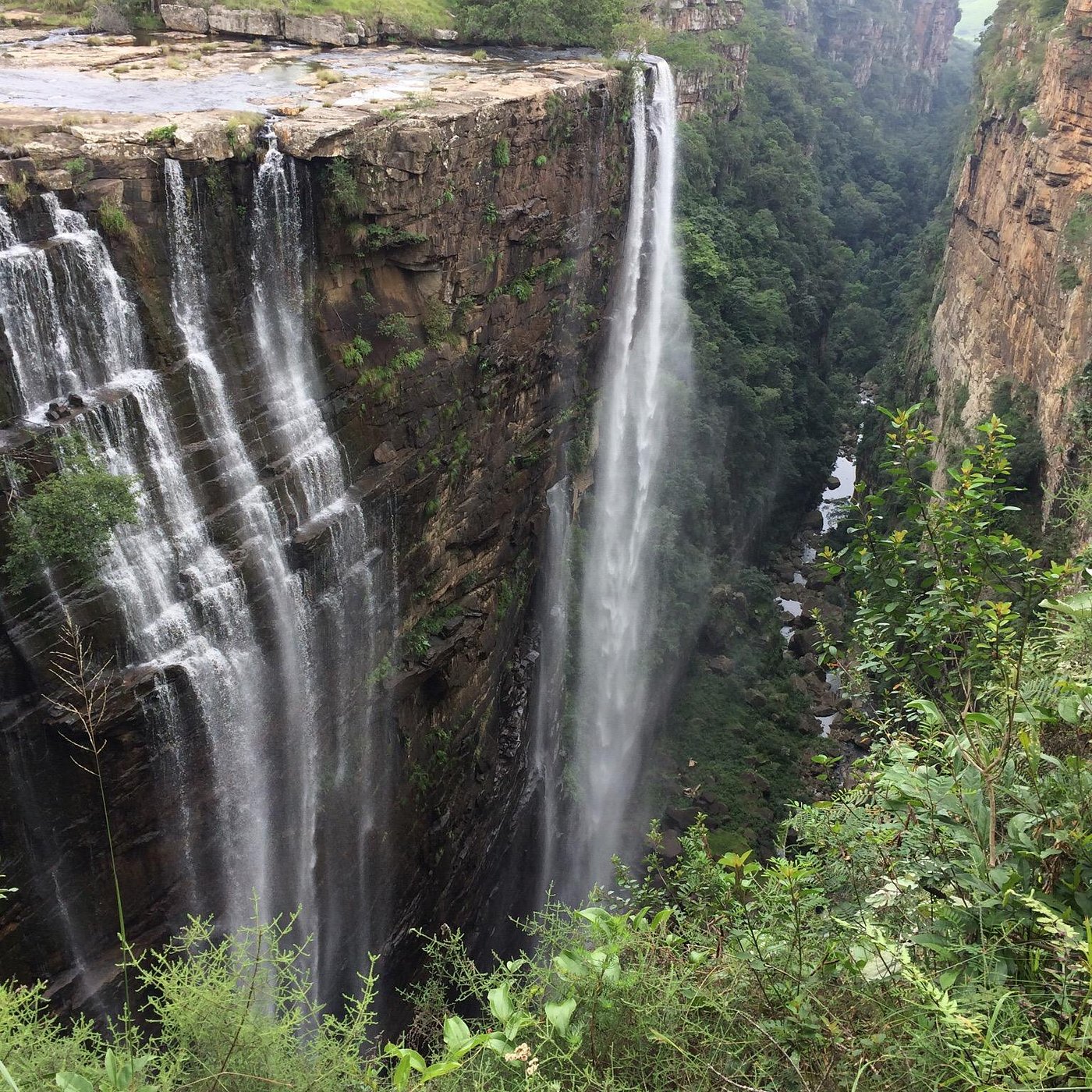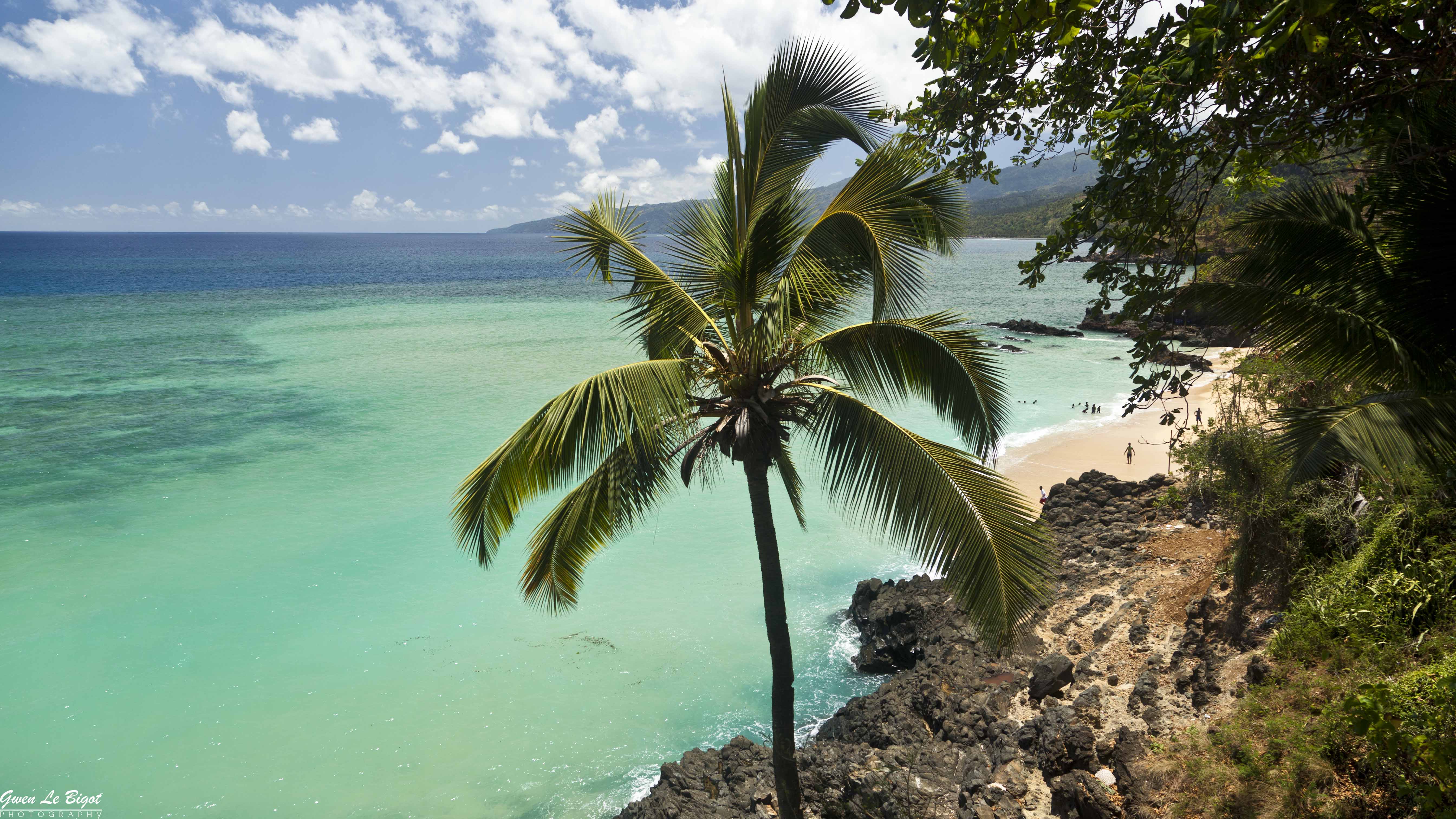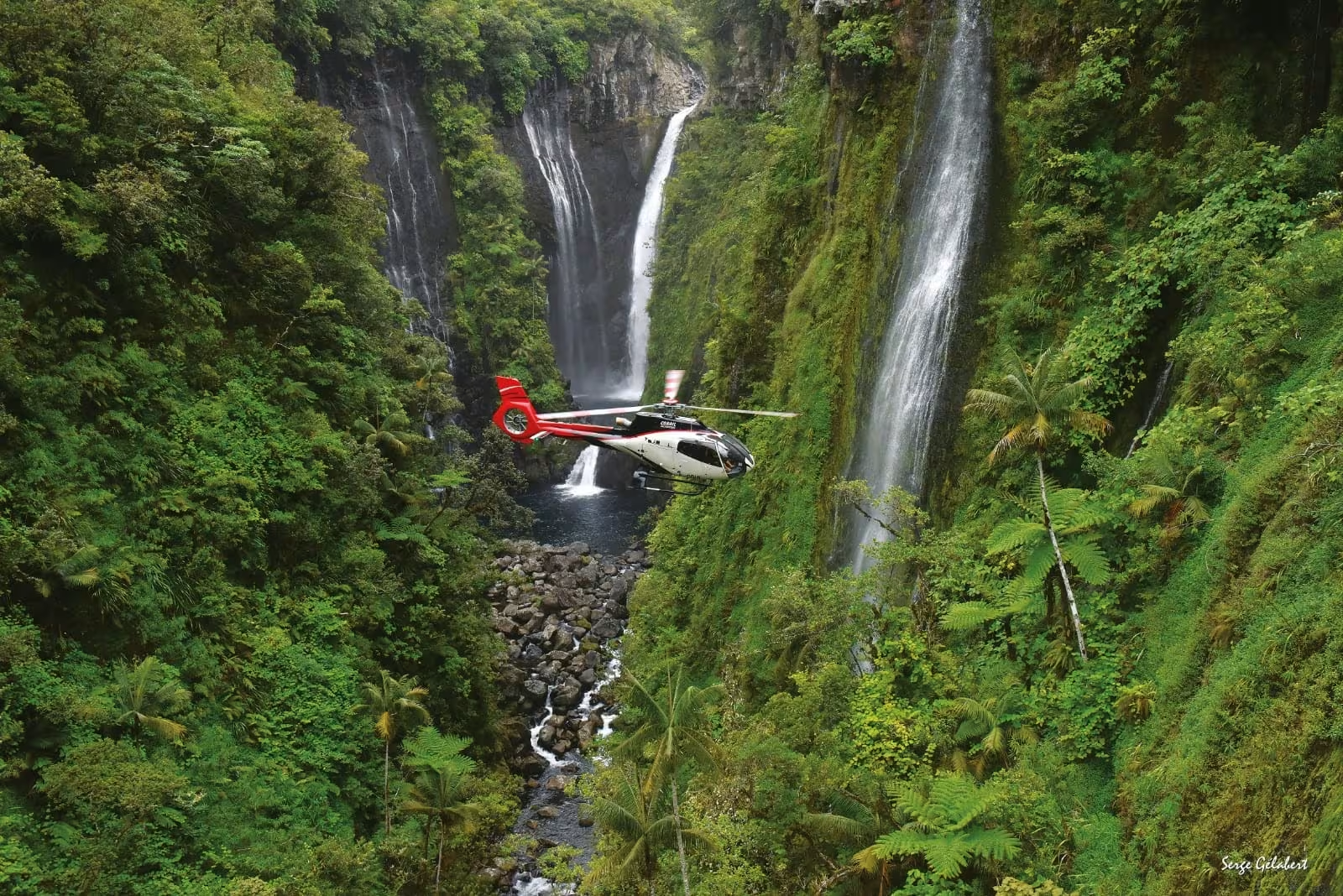The minibus taxi dropped me at the top of a hill with my backpack, pointed down a dirt track, and said "Coffee Bay is that way, maybe one hour walking." As dust swirled from the departing taxi, I looked around at the endless green hills dotted with traditional rondavels and thought: this is either the best or worst decision I've made.
Three weeks later, salt-crusted and sun-battered, I had my answer. The Wild Coast – that untamed stretch of coastline in the former Transkei homeland – had lived up to every rumor. It's South Africa's last frontier for backpackers, a place where hiking trails connect tiny villages, where Xhosa culture remains strong, and where the Indian Ocean crashes against cliffs that look like the edge of the world.
Understanding the Wild Coast
The Wild Coast runs roughly 300km from East London to Port Edward. It's called "wild" because it is – no coastal highway, few formal roads, and rivers that still run free to the ocean. This isolation preserved both the dramatic landscape and traditional Xhosa culture.
- Coffee Bay (the hub)
- Hole in the Wall
- Bulungula
- Port St Johns
- And the hiking trails between them
Getting There: The Adventure Begins
From East London: Minibus taxis run to Coffee Bay (5-6 hours, R150). The Baz Bus stopped running here, so it's local transport or expensive shuttles.
From Durban: Taxis to Port St Johns (6-7 hours, R200), then work your way south.
The Golden Rule: Taxis leave when full, not on schedule. Morning departures are most reliable. Always confirm your taxi is going all the way – "Coffee Bay" might mean "somewhere in that general direction."
Coffee Bay: Backpacker Central
Coffee Bay isn't a bay, and there's no coffee (it's named after a shipwrecked coffee cargo). What it is: the Wild Coast's backpacker capital, where everyone either starts or ends up.
The Scene: Two hostels dominate – Coffee Shack and Bomvu Paradise. They're rivals but complementary. Coffee Shack is the party spot; Bomvu is marginally chiller. Both organize everything from hiking guides to traditional Xhosa experiences.
- **Hole in the Wall:** The iconic rock formation with waves crashing through. It's 9km along the beach – walkable at low tide.
- **Mapuzi Caves:** River caves you swim through with headlamps. Slightly terrifying, totally worth it.
- **Learn to Surf:** Waves are consistent, water's warm, lessons are cheap (R200).
- **Coffee Shack:** Dorms R150, camping R80
- **Bomvu Paradise:** Similar prices, better food
- **Ocean View Hotel:** For when you need a real bed (R400)
The Hiking Trails: Wild Coast's Real Magic
This is why you come. Multi-day hikes along the coast, staying in villages, crossing rivers, walking beaches that see footprints maybe once a week.
Coffee Bay to Port St Johns (5-6 days)
- Guide (R250-350/day, arranges accommodation)
- Basic fitness (8-20km daily)
- River crossing courage (sometimes chest-deep)
- Cultural openness (you're staying in people's homes)
Day 1: Coffee Bay to Hluleka (19km) The longest day. Coastal forests, hidden waterfalls, and the first taste of real isolation. Hluleka Nature Reserve has basic chalets or camping.
Day 2: Hluleka to Pilani (15km) My favorite day. The path alternates between clifftops and beaches. Pilani village homestay was a highlight – mama's cooking over an open fire, kids teaching me Xhosa words, sleeping to ocean sounds.
Day 3: Pilani to Lubanzi (12km) River crossing day. The Mntafufu River mouth is gorgeous but respect the current. Our guide knew exactly where to cross. The village at Lubanzi felt like stepping back in time.
Day 4: Lubanzi to Kratu/Sideways (18km) Beach walking mostly. Your calves will burn from sand walking, but the coastline here is spectacular. Sideways backpackers is a welcome sight – cold beer never tasted better.
Day 5: Sideways to Port St Johns (8km) Easy final day into PSJ. Cross the Mzimvubu River by ferry (sketchy pontoon, adds to the adventure).
Bulungula to Coffee Bay (2 days)
A shorter but equally stunning hike.
Day 1: Bulungula to Nontsizi (14km) Start with the Xhosa Bridge crossing (planks lashed between cliffs). The coast here is wilder, fewer people. Overnight in Nontsizi village.
Day 2: Nontsizi to Coffee Bay (16km) The Bomvu River crossing is an adventure – sometimes waist-deep, always refreshing. Final stretch along Coffee Bay beach as the backpackers come into view.
Village Life: Cultural Immersion Done Right
Staying in villages along the Wild Coast isn't voyeuristic tourism – it's genuine cultural exchange. The homestay money directly supports families, and the interaction goes both ways.
- Basic conditions (no electricity, bucket showers)
- Incredible hospitality
- Traditional food (pap, samp and beans, if lucky, fresh crayfish)
- Curious kids who'll follow you everywhere
- Evening gatherings where stories flow
- Greet elders first, always
- Ask permission before photographing
- Bring small gifts (coffee, tea, sweets for kids)
- Learn basic Xhosa greetings – effort is appreciated
- Women should dress modestly in villages
- "Molo" = Hello (to one person)
- "Molweni" = Hello (to multiple people)
- "Enkosi" = Thank you
- "Hamba kahle" = Go well (goodbye)
Port St Johns: River Meets Ocean
PSJ is the Wild Coast's only town with tar roads, making it the northern gateway. It's got a different vibe – part backpacker haven, part local holiday spot, part cannabis cultivation capital (it's everywhere, just know the legal situation).
- **First Beach:** In town, convenient but busy
- **Second Beach:** Better waves, resident dolphins
- **Silaka Nature Reserve:** Hidden beaches, coastal forest
The Blowhole: When swells are big, this rock formation shoots water 20m high. Time it wrong and you'll get soaked.
- **Amapondo Backpackers:** Legend status, drums every night
- **Jungle Monkey:** Quieter, amazing view
- **Island Backpackers:** Literally on an island in the river
Bulungula: Off the Grid Paradise
If Coffee Bay is too developed (it's not), head to Bulungula. This remote village has one incredible lodge that's become a model for community tourism.
- Canoeing the Xhora River
- Traditional fishing with locals
- Rocket stove workshops
- Horseback riding on the beach
- Absolutely nothing (highly recommended)
Getting here requires commitment – it's 4 hours from Coffee Bay on roads that challenge the definition of "road."
Safety on the Wild Coast
Let's be honest about safety. The Wild Coast has issues, but with common sense, problems are avoidable.
- Don't hike alone (ever)
- Use recommended guides
- Avoid showing wealth in villages
- Don't walk beaches after dark
- Keep copies of documents
- Trust your instincts
I never felt unsafe, but I also never did anything stupid. The biggest dangers are actually natural – river currents, freak waves, and sunburn that'll make you question your life choices.
When to Go
- **March to May:** My favorite. Warm days, cool nights, fewer people
- **June to August:** Cooler but still pleasant, whales visible
- **September to November:** Spring, wildflowers, getting busier
- **December to February:** Hot, crowded with local tourists, but festive
Avoid Easter weekend unless you want to party with thousands of South Africans.
Budget Breakdown
The Wild Coast is cheap by international standards:
- Accommodation: R80-150 (camping to dorms)
- Food: R50-100 (self-catering to restaurant meals)
- Activities: R200-400 (surfing, cultural tours)
- Transport: R50-150 (depends on distance)
Total: R300-500/day ($15-25) living well
- Guide: R250-350/day
- Village accommodation: R150-200/night including meals
- River crossings: Sometimes R20-50
Packing Essentials
- Good sandals (for river crossings)
- Dry bag (essential)
- Light rain jacket
- Sun protection (the sun here is vicious)
- Headlamp
- First aid basics
- Sarong (multi-purpose)
- Gifts for hosts
- Cash in small notes
- Patience and flexibility
The Marijuana Situation
Let's address it: the Transkei is famous for cannabis cultivation. It's everywhere. Locals might offer, especially in PSJ. Know the laws, make informed choices, and remember you're a guest in communities where this might be an important income source.
Alternative Routes and Hidden Spots
- **Mdumbi to Coffee Bay:** A fantastic one-day hike through rural areas most tourists miss.
- **Dwesa Nature Reserve:** Worth the detour. Pristine beaches, good trails, and the last remaining coastal forest.
- **Ngwenyeni Falls:** Near Coffee Bay, these falls crash directly into the ocean at high tide.
- **The Kranses:** Secret cliff jumping spots known only to locals and brave backpackers. Ask at Coffee Shack.
Leaving the Wild Coast
The hardest part. After weeks of sunrise swims, village stays, and coastal hiking, returning to civilization feels jarring. That first hot shower is glorious, but you'll miss bucket showers under stars. City noise replaces ocean sounds. Shoes feel restrictive after weeks in sandals.
Most people plan a few days on the Wild Coast. Most people extend. Some never really leave – I met travelers who came for a week and stayed for months, teaching in schools, helping with projects, or just existing in the rhythm of coast life.
Why the Wild Coast Matters
In an increasingly connected world, the Wild Coast remains stubbornly disconnected. No cell signal for days. No roads to smooth the journey. No resorts to sanitize the experience. Just raw coastline, traditional culture, and the kind of travel that changes you.
It's not always comfortable. Village stays test your adaptability. River crossings test your courage. Long beach walks test your fitness. But that's the point. The Wild Coast doesn't coddle travelers – it challenges them.
I arrived seeking adventure and beaches. I left with Xhosa friends, a deeper understanding of South Africa's complexity, and legs strong enough to hike anything. The Wild Coast gave me stories I'll tell forever: swimming through caves by headlamp, crossing flooded rivers holding hands in a human chain, watching traditional healers throw bones, dancing until dawn at village celebrations.
Three weeks wasn't enough. It never is. Because once you've walked these wild beaches, stayed in these welcoming villages, and felt the freedom of truly disconnecting, you understand why they call it wild. Not just for the untamed landscape, but for what it awakens in you.
The minibus taxi back to East London was full of locals heading to the city for work. As green hills gave way to suburbs, I already knew I'd be back. The Wild Coast has that effect. It ruins you for easy travel. It reminds you why you started backpacking in the first place.
Just don't blame me when you extend your visa. Again.



